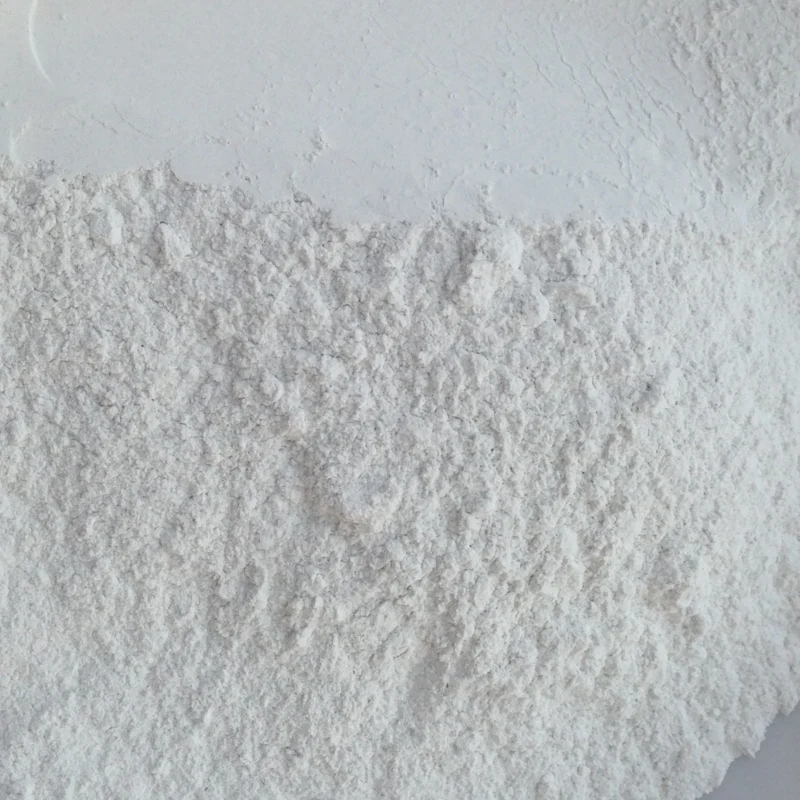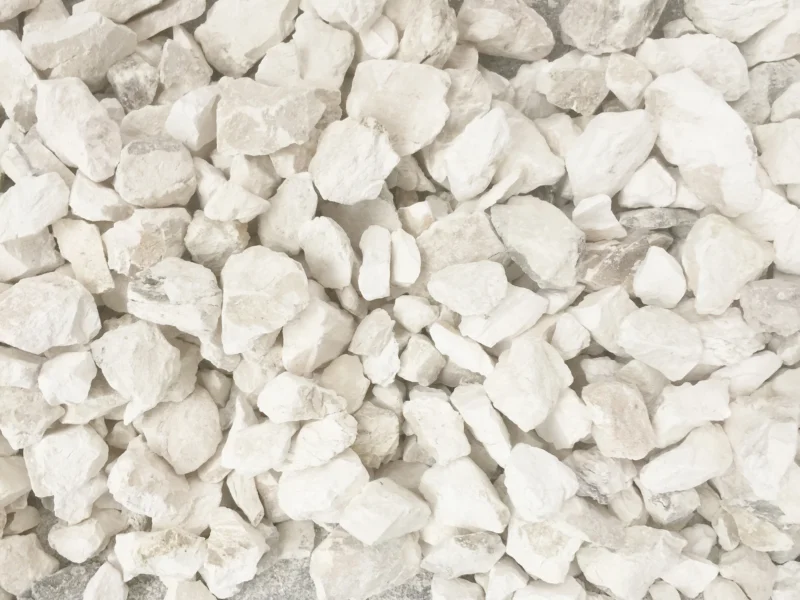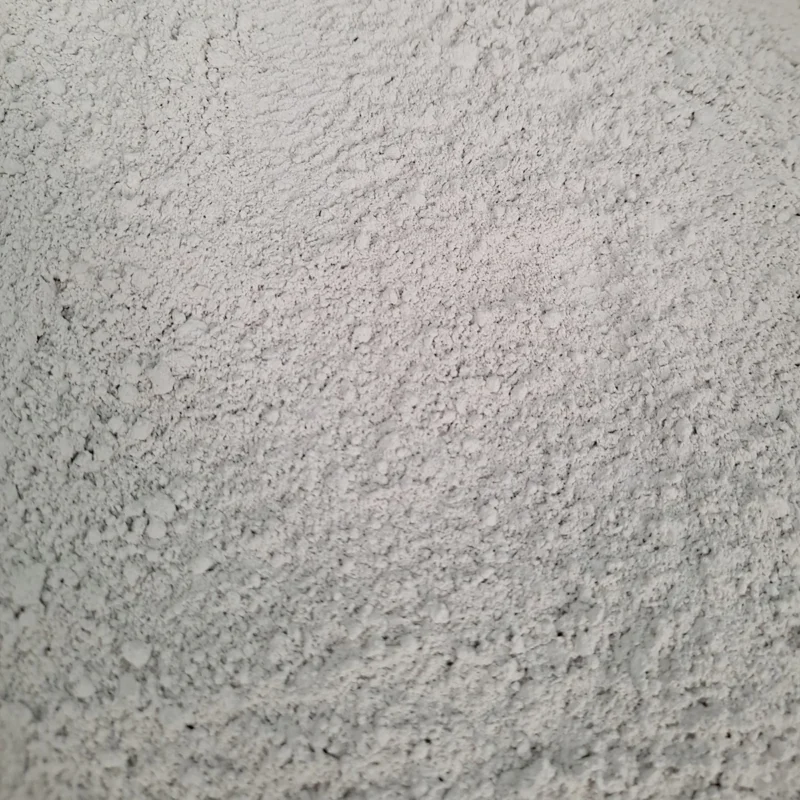Quicklime is not only widely used in construction but also plays a vital role in agriculture. Moreover, there are various types of lime, each with distinct molecular structures and specific functions. Therefore, it is essential for farmers to have a clear understanding of the characteristics of each type of lime to ensure proper application in the right context.

Limestone powder (CaCO3) is commonly used in agriculture
Common Types and Agricultural Roles of Lime
Three Common Types of Agricultural Lime
-
Limestone (CaCO₃):
Limestone helps to raise soil pH and supplies calcium to the soil, supporting plant growth and soil structure. -
Slaked Lime (Ca(OH)₂) and Quicklime (CaO):
These types have strong disinfectant properties and generate significant heat when reacting with water, making them effective in sterilization and moss/fungi elimination. -
Dolomite (CaMg(CO₃)₂):
Dolomite simultaneously provides calcium and magnesium, raises soil pH, kills pathogens, and produces less heat upon contact with water compared to other limes.

Dolomite (CaMg(CO3)2) simultaneously supplies Ca and Mg
Note:
-
Overuse of slaked lime or quicklime may lead to soil hardening and disruption of the microbial ecosystem.
-
Although dolomite is effective, it is relatively expensive, and excessive application can also result in soil compaction and reduced microbial diversity.
Main Roles of Lime in Agriculture
1. Improving Soil Physical and Biological Properties
Calcium improves soil structure by flocculating the clay-humus complex.
-
In clay soils, which tend to be sticky when wet and hard when dry, lime promotes aggregation of fine particles into larger, more stable clusters. This results in better aeration, improved water retention, and more stable temperature and moisture conditions.
-
In sandy soils, lime enhances cohesion, reduces nutrient leaching, and helps preserve humus by slowing down its decomposition.
Quicklime also helps raise soil pH towards neutral, creating favorable conditions for beneficial microbial activity, which improves overall soil health and fertility.
2. Supporting Nutrient Availability for Plants
Lime-supplied Ca²⁺ ions facilitate cation exchange on soil colloids, increasing the availability and uptake of essential nutrients.
It also promotes the decomposition of complex organic matter—especially those containing nitrogen (N), phosphorus (P), and potassium (K)—into simpler, more plant-accessible forms.

Powdered lime spread around the base to prevent fungi and supply Calcium to soil and plants

Powdered lime spread around the base to prevent fungi and supply Calcium to soil and plants
3. Improving Soil pH for Better Nutrient Absorption
Lime raises the soil pH toward a neutral range, which enhances nutrient solubility and plant uptake. However, different crops have varying sensitivity levels to lime and high pH levels. Therefore, crop type and lime sensitivity must be considered when applying lime to avoid over-liming.

Applying lime will help raise soil pH towards neutral, facilitating better nutrient absorption for plants

Applying lime will help raise soil pH towards neutral, facilitating better nutrient absorption for plants
4. Protecting and Reclaiming Degraded Cultivated Land
Lime effectively reduces soil acidity and slows down the degradation of clay minerals, preserving soil structure and fertility. It also replenishes calcium lost due to leaching, heavy chemical fertilizer use, or plant uptake, thus maintaining a healthy soil balance.

Replenishing lime lost from the soil due to leaching

Replenishing lime lost from the soil due to leaching
5. Controlling Pests and Diseases
Post-harvest, plants often become vulnerable to pathogens. Applying lime helps disinfect and eliminate moss, fungi, and harmful microorganisms that remain on stems, leaves, and branches.
A well-known example is the Bordeaux mixture—a combination of lime and copper sulfate—widely used for fungal disease control and moss removal in various crops.

